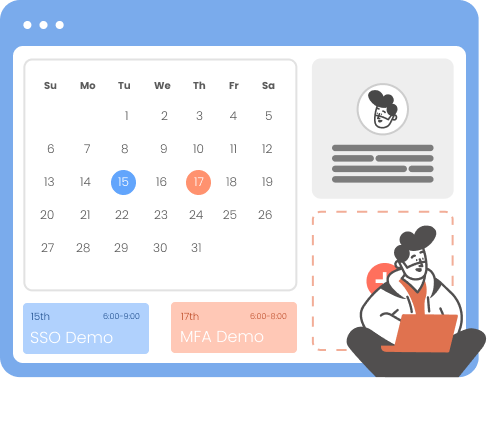miniOrange Identity Broker service solution enables cross protocol authentication. You can configure Bitium as an IDP for Single Sign-On (SSO) into your applications/websites. Here, Bitium will act as an Identity Provider (IDP) and miniOrange will act as a broker.
We offer a pre-built solution for integrating with Bitium, making it easier and quick to implement. Our team can also help you set up Bitium as SAML IDP to login into your applications.
Get Free Installation Help
miniOrange offers free help through a consultation call with our System Engineers to configure SSO for different apps using Bitium as IDP in your environment with 30-day free trial.
For this, you need to just send us an email at idpsupport@xecurify.com to book a slot and we'll help you in no time.
Note:
You can follow this guide, if you want to configure SAML/WS-FED, OAuth/OIDC, JWT, Radius etc
Configure Multiple IDPs:
You can follow this guide, if you want to configure multiple IDPs (Identity Providers) and give users the option to select the IDP of their choice to authenticate with.
